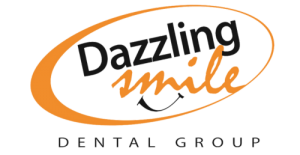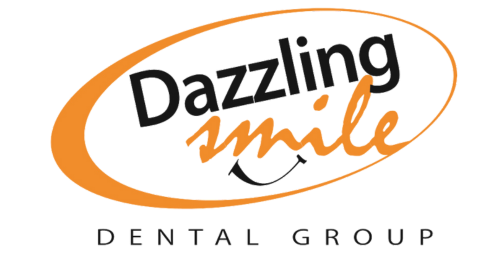The temporomandibular joints are located on each side of the head and assist with chewing, swallowing, and speaking. TMJ pain occurs when this intricate system of muscles, bones, ligaments, and discs fails to work as efficiently as it normally would. Ailments of the TMJ region can be caused by a variety of things, including injury, teeth grinding, stress, arthritis, or jaw misalignment.
Widely accepted treatments for TMJ pain
Most people who are diagnosed with TMJ disorders receive the news when they visit the dentist. This may happen during a routine checkup or during an appointment that was made because the patient experienced pain and discomfort in the jaw and sides of the head. The dentist checks the patient for jaw tenderness, difficulty while moving the jaw, and popping or clicking sounds coming from the facial region. Other symptoms of a TMJ disorder may include neck soreness, headaches, and ringing in the ears. Jaw pain can interfere with everyday activities such as eating, talking, and laughing. Here are a few common treatments for TMJ pain.
Practicing good habits
Everyday habits that patients are often unaware of can contribute to pain in the head, neck, and jaw. Good habits to be aware of include:
- Ceasing to bite the nails, perhaps by wearing bitter-tasting nail polish to assist with stopping the patient from putting the nails near the mouth
- Limiting movements and activities that put a lot of strain on the jaw, such as yawning and singing
- Refraining from clenching or grinding the teeth, often with the help of a mouth guard that is worn at night while sleeping
- Limiting the consumption of hard foods, which may include candies, nuts, and raw vegetables
Having patients adjust their habits is often the first line of defense in treating TMJ pain.
Using heat or ice packs
Using hot or cold packs is a widely used treatment for all types of ailments, including soreness in the jaw region. The coldness from ice helps reduce swelling associated with pain, and heat increases blood flow and assists with muscle relaxation. Dentists recommend placing a pack on the jaw for around 20 minutes. A light cloth or towel should be placed around the pack so that the treatment does not irritate the skin. The patient might feel slight discomfort as the heat or ice does its job. However, they should remove the pack if they feel extreme discomfort or new pain.
Reducing stress
Grinding and clenching the teeth and jaw are typically caused by emotions such as stress, nervousness, or anger. Managing this stress is an excellent way to mitigate TMJ pain and introduce healthy habits into other areas of the patient's life. Common ways to reduce stress include getting regular exercise, meditating, practicing yoga, talking to friends, and getting enough sleep. While mouthguards are a good option for nightwear to stop teeth from grinding during sleep, eliminating stress overall will allow the patient to sleep better and help them refrain from grinding and clenching during the daytime.
Exercising the jaw
Exercise helps loosen the joints, making them more mobile and less prone to pain. One way to exercise the jaw is by performing stretches, such as pulling the chin back and holding for three seconds, 10 times in a row. Another way is to do strengthening exercises. Strengthening exercises for the jaw might include doing a resisted closing of the mouth. The third way to exercise the TMJ is to perform relaxation exercises. Patients should ask their dentist if they have any questions, or need any suggestions, before performing any exercises.
Practicing good posture
Bad posture can contribute significantly to TMJ pain. Correcting the patient's posture can go a long way towards helping ease discomfort in the neck, head, and jaw. Some ways to practice good posture include:
- Using a small pillow on the lower back to encourage sitting up straight
- Placing the computer screen at eye level or slightly below eye level
- Getting up to take breaks and stretch after sitting for long periods of time
Most muscles in the body will feel sore after sitting for long periods of time in an uncomfortable position, including those in the back, shoulders, neck, and jaw. Therefore, practicing good posture is one of the many things that patients can do to help ease TMJ pain.
Conclusion
Developing any sort of anomaly around the head or mouth, including in the TMJ area, can be scary. Patients should get TMJ pain checked out by a dentist right away in order to find relief as soon as possible.
Request an appointment here: https://www.dazzlemysmile.com or call Dazzling Smile Dental Group at (718) 225-7645 for an appointment in our Bayside office.
Check out what others are saying about our dental services on Yelp: TMJ Dentist in Bayside, NY.





